With the work of the short-lived Citizens’ Commission on Community Investment at an end, the Springfield City Council is considering their recommendations for a potential sales tax measure to come before Springfield voters.
Co-chairs Tom Prater and Phyllis Ferguson presented the final report and recommendations of the 30-member commission to the City Council at a July 2 study session, less than two months before the Aug. 27 deadline to submit the tax measure to the Greene County Clerk for the November ballot.
Despite individual preferences of commission members, and frustration with the short timeline afforded to them, the advisory body charged with evaluating Springfield’s sales tax capacity upon the expiration of the city’s ¾-cent pension sales tax developed a unanimous recommendation for the City Council.

The commission proposed a ¾-cent sales tax, with ¼-cent with no sunset devoted to public safety initiatives and ongoing obligations to the closed pension system, and the remaining ½-cent on a 10-year sunset earmarked for projects and initiatives identified through public input and the Springfield’s comprehensive plan, Forward SGF.
Council members were largely receptive of the commission’s proposed tax measure, with a few suggestions that will be explored in upcoming meetings, though Mayor Ken McClure stressed the short window the City Council has to consider and potentially modify the commission’s recommendations.
The commission’s recommendations
While the commission’s recommendations were largely in line with the direction and scope assigned by the City Council, the commission suggested the ballot language remain broad, with specificity included in the ordinance placing the tax measure on the ballot and educational material provided to voters.
“I think we came into this, and some people in commission came into this expecting that ‘Let's look at how much funding goes to Ozark Greenways, how much funding goes to the Art Museum, how much funding goes to the police and fire,’” Prater told council members.
“And we realized, in the short time we had, we weren’t capable…to give you a list of things, and the list kept changing. All of a sudden the Art Museum got some state funding, all of a sudden the trail system got some federal funding. So for us to come to you with a list of ‘This needs to be first for $4 million, this for $3 million,’ we realized quickly we couldn't do that.”
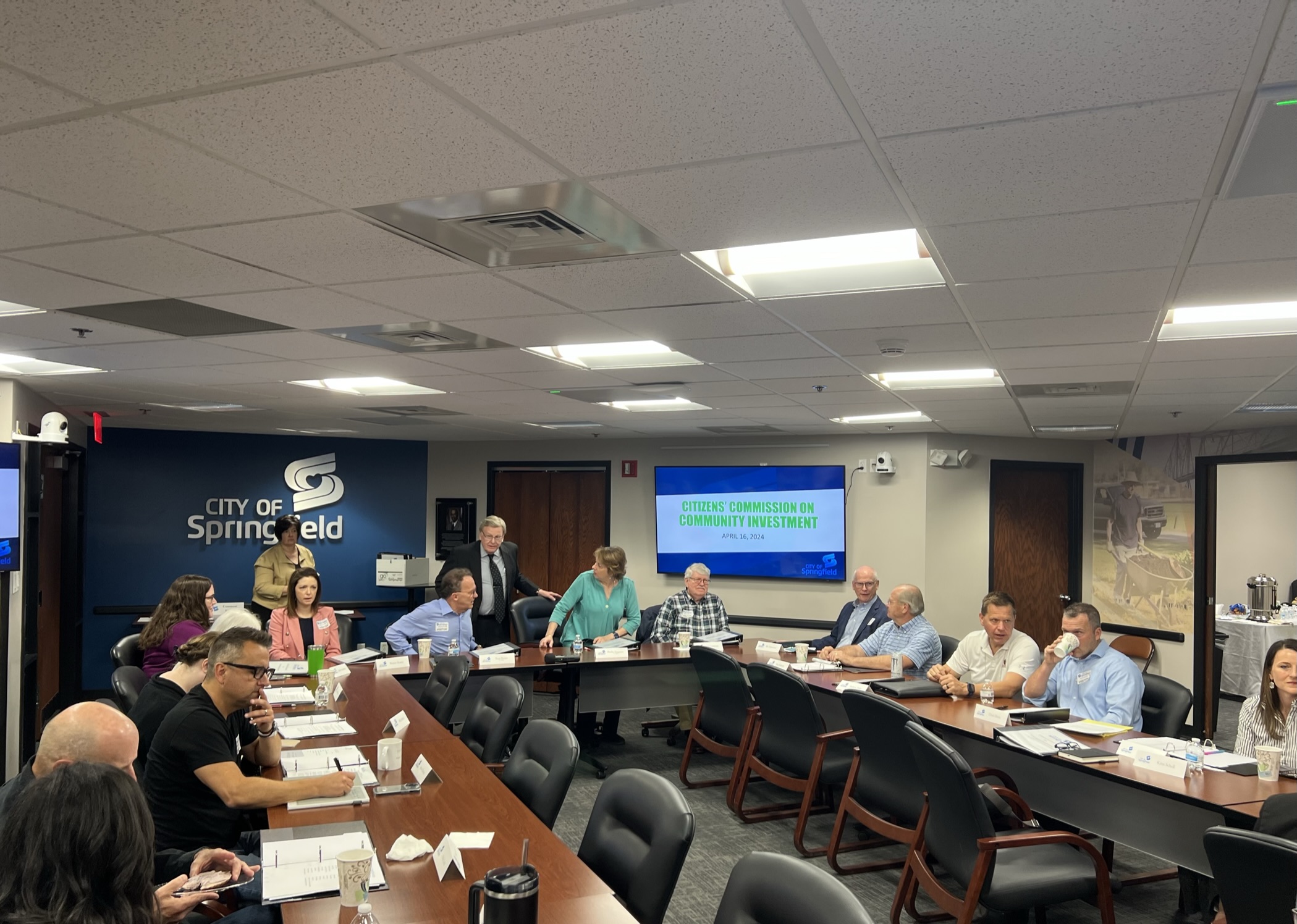
Additionally, Ferguson suggested broader verbiage would make the ballot language more understandable to voters, and noted that Forward SGF was broad in and of itself.
“Yes, it would’ve been nice to give the voter exactly what was going to happen, but we can’t tie this Council for the next 10 years,” Ferguson said. “Money may come in, things may change.”
The proposed ballot language reads:
“Shall the City of Springfield impose a city sales tax at a rate of three-quarters of one percent (¾-cent) one-quarter for the purpose of funding public safety initiatives, to include funding the remaining obligation of the Springfield Police Officers’ and Firefighters’ Pension, and increasing police officer and firefighter pay, with said one-quarter to not sunset, and two-quarters for the purpose of funding projects consistent with the City’s comprehensive plan, to include capital improvements, community and neighborhood initiatives, and park projects, with said two-quarters to sunset after a period of ten years? (Note: there will be no increase in the current sales tax level if the ¾-cent sales tax is approved.)”
The commission also recommended a pair of strategies to supplement the selection of projects and initiatives funded through the sales tax, including the use of the “Completed as Promised” model to solicit public input and ensure accountability, and the creation of a committee to monitor how revenues are spent and provide ongoing recommendations.
Ferguson said a continued commission, in one form or another, could consider community input they did not have time to “listen fairly to,” and vet funding priorities before they’re brought to the City Council.
In addition, the commission developed a list of considerations to take into account when selecting projects and programs to fund through the sales tax:
- Is this a continuation project?
- Does the program or project have matching funds?
- Is it a catalyst project that attracts/retains residents and business?
- Does it drive job and economic growth?
- Does it directly generate sales tax revenue or additional revenue for City services and infrastructure?
- Does it improve livability for Springfield workers and residents?
- Can it be completed with no ongoing debt obligations?
- Does it prioritize transformational and next generation projects?
Ferguson also outlined “the cost of doing nothing,” which would require significant budgetary cuts due to the loss in tax revenues and ongoing pension obligations, which are estimated at $3 million to $6 million annually. Additionally, the city would lose about $5.2 million in use tax revenues, which are split between the general fund and transportation fund. The proposed ¾-cent tax, like the pension sales tax, is estimated to generate about $45 million annually.
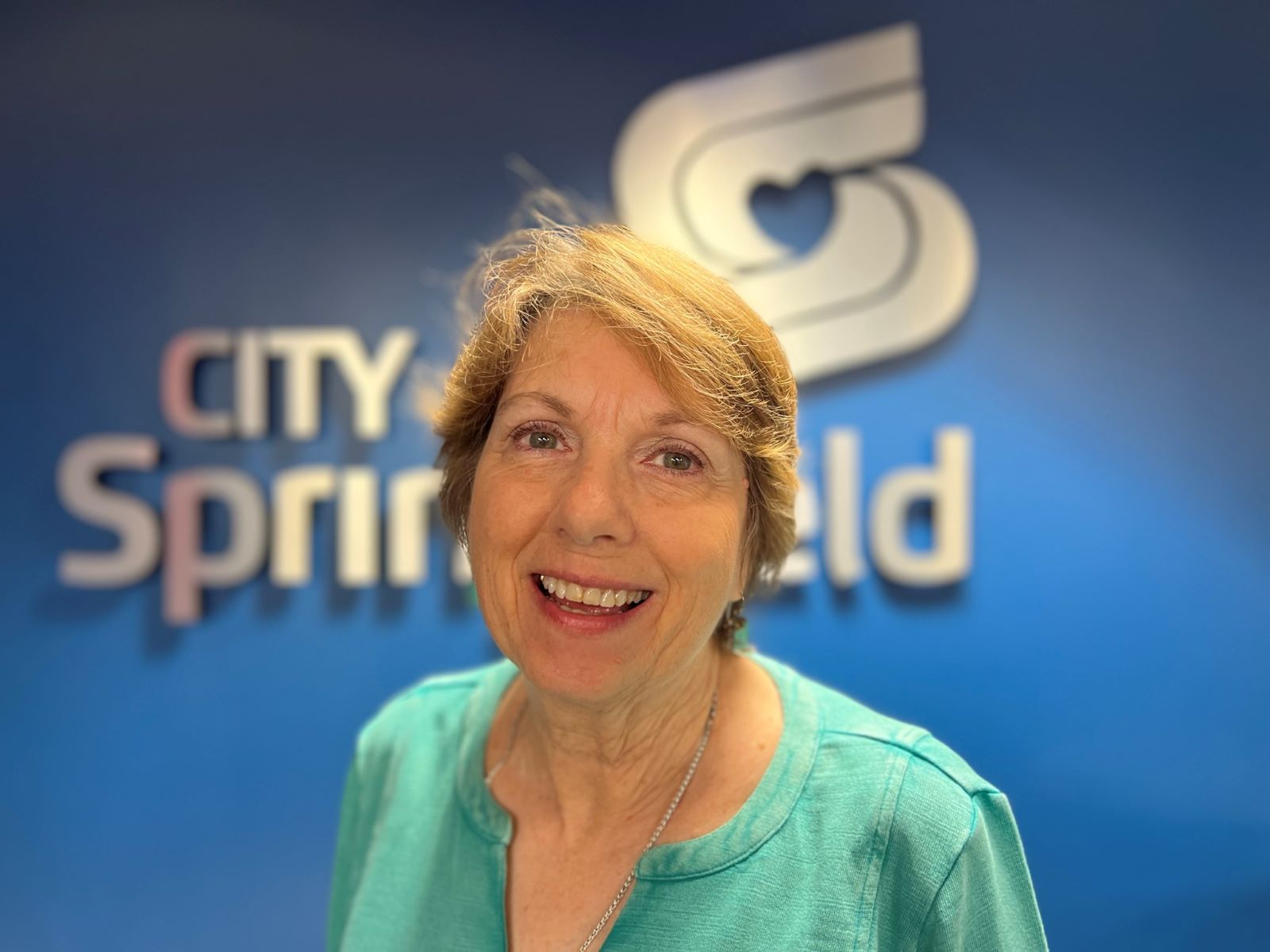
“If you were going to go through today and say, ‘Okay, we've got a red line $6 million out of the budget, where would you do that? Or what could you do to generate the loss there?’” Ferguson said. “So that's something that you all are going to consider probably a lot more than the voter, but it's something you have to think about when you're deciding what you're going to do here.”
Council members suggest prioritizing maintenance, public safety
While appreciative of the commission’s work and largely in agreement with their recommendations, council members suggested changes to consider before making a final decision.
Councilmember Matthew Simpson, who served as a City Council liaison on the commission, commended the commission’s recommendations, suggesting that the tax measure “may be the most important thing that any of us work on.”
“For a unanimous recommendation to occur with as difficult as these questions were and as diverse a group and thought that we had, I think it’s a real impressive testament to your all’s work and the commission’s work,” Simpson said. “And I think that’s reflected in the result.”
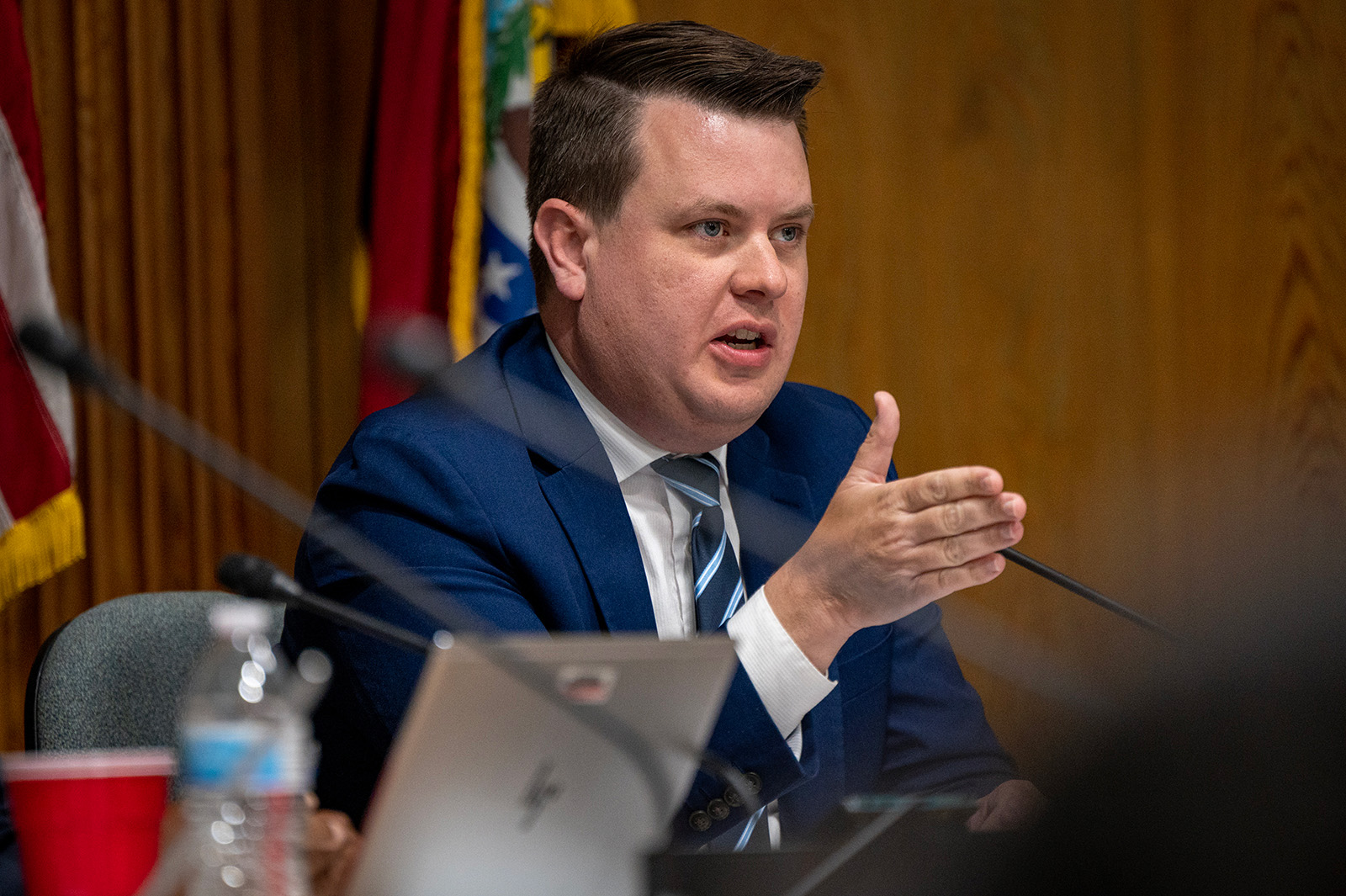
Councilmember Craig Hosmer applauded the public safety portion of the tax, but advocated that it be more clearly earmarked for the police and fire departments to prevent future City Councils from interpreting “public safety” more broadly.
“I would prefer that to be more of a limited sense of what public safety is,” Hosmer said. “I’m not against safe roads, safe bridges…if you want to have some flexibility on the ½-cent, you may want to limit that flexibility on public safety.”
Though she interprets the ¼-cent portion of the tax to pertain to police and fire, Councilmember Monica Horton has a more expansive view of public safety.
“I am that person who would define public safety more broadly, to include pedestrian safety, safe housing conditions is public safety, traffic calming, traffic safety,” Horton said. “So I guess I am that person who could be the one to define public safety well out of the bounds of just police and fire.”
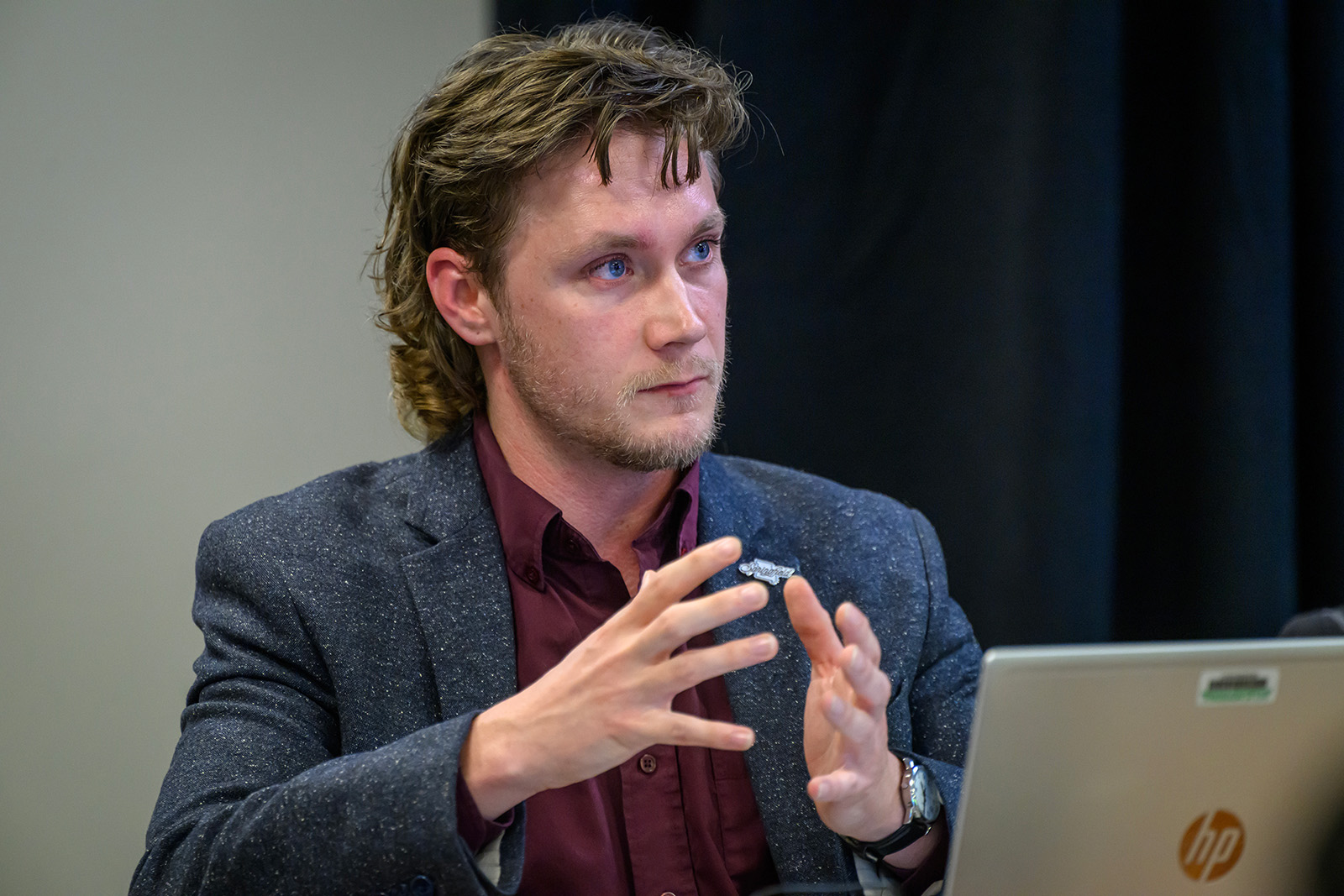
Councilmember Brandon Jenson suggested the ordinance, rather than the ballot language, is a good place to define public safety, and provide additional guidance and future protections.
Jenson also proposed that the tax should first fund maintenance needs and program deficits before being spent on any new projects, which was quickly dismissed by Mayor Ken McClure.
“I think you’re going a little too far there,” McClure said.
Ferguson said the commission “soundly” rejected a proposal to require 90% of revenues be spent on transformational projects, with the remaining 10% left to infrastructure and maintenance needs, but encouraged council members to find balance between both.
Prater further emphasized that the commission was strongly supportive of the tax funding transformational projects that can help spur job growth and tax revenues, but that they sought to strike a balance between those projects and ongoing maintenance needs.
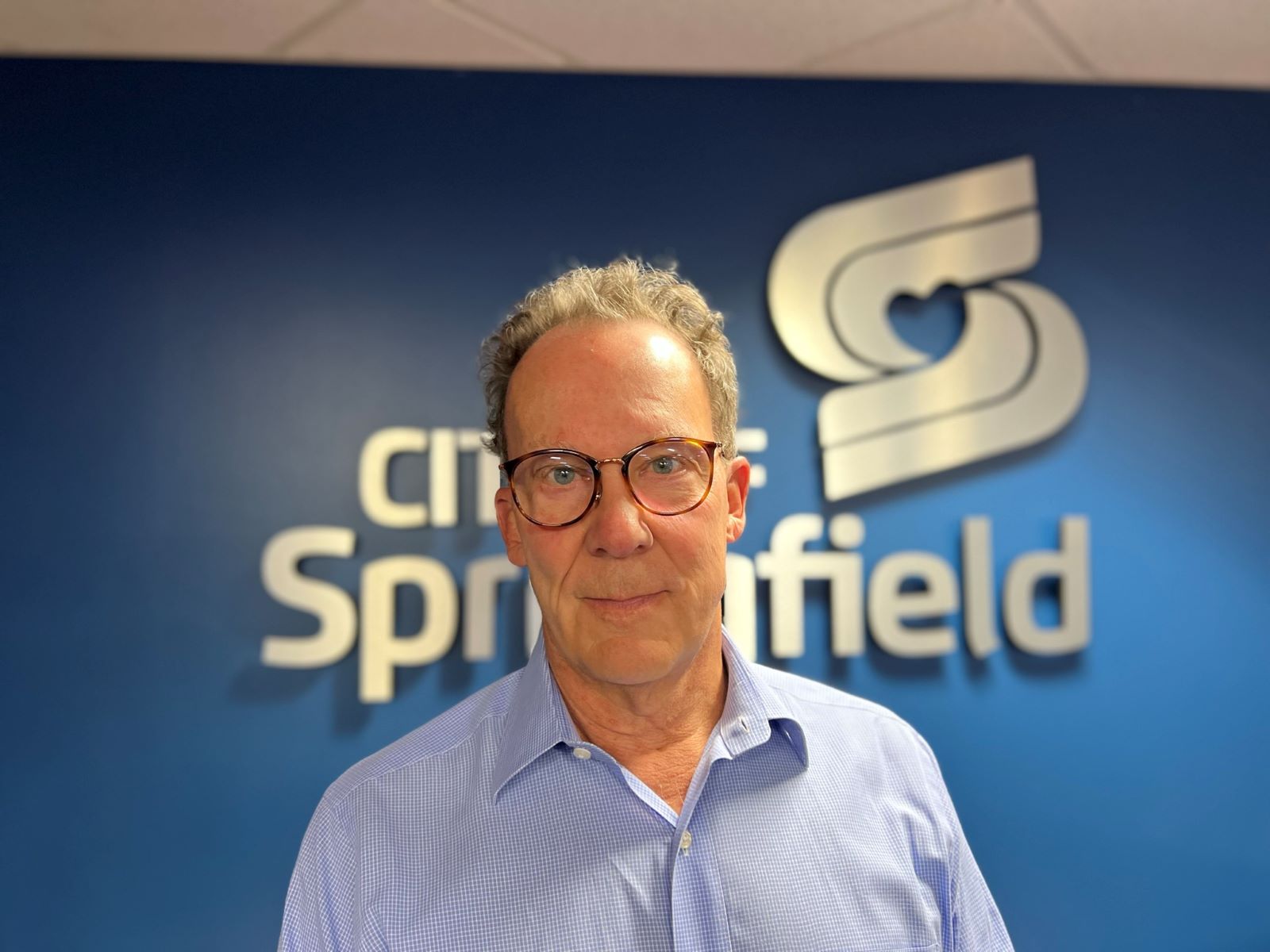
“Great cities are intentional,” Prater said. “And we’re trying to be intentional about what we do here. We can muddle along and be mediocre, but I think Springfield’s better than that.”
The City Council will vote on a resolution accepting the commission’s final report on Monday, July 8, and is likely to continue deliberations on the ballot measure the following Tuesday, with the goal of holding a public hearing on July 22.
Read the Hauxeda’s previous coverage of the tax measure here:
- June 14, 2024: Citizens’ commission decides on two-part tax measure with one sunset
- May 30, 2024: Citizens’ tax commission weighs sunset, specifics of Springfield sales tax measure
- May 6, 2024: Police, fire and fixing potholes: What a new Springfield sales tax might do
- April 17, 2024: New SGF commission to weigh needs and ‘quality of place’ ideas for potential sales tax measure
- April 9, 2024: Springfield City Council approves 30-member commission to consider potential sales tax
- March 27, 2024: Springfield City Council forming commission to give recommendation on ¾-cent sales tax
- Jan. 10, 2024: City Council revives talk of potential sales tax measure, maps out next steps
- Dec. 22, 2023: City Council to consider adjusting approach to Police & Fire pension as tax expiration nears
- Dec. 13, 2023: Springfield council members support some sales tax measure, but differ on specifics
- Nov. 8, 2023: ‘Time is not our friend:’ Mayor doubts ¾-cent sales tax will make April ballot

